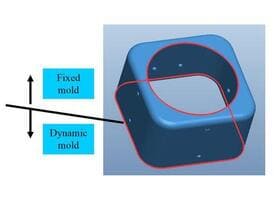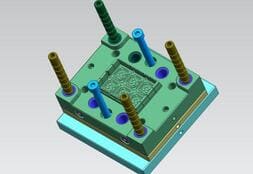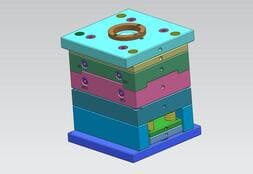Choose The Right Material
Plastic injection molding is a process where molten plastic is injected into a heated steel mold that has been shaped to the desired part. Designers have to take many factors into consideration when designing product for this design process and manufacturing process.
Confirm The Mold Shrinkage Rate Of Different Materials
The mold shrinkage rate of different materials can be found in the Design for Manufacturing (DFM) report. The report includes a list of the materials that will be used in the injection molding process, including their respective mold shrinkage rates.




















